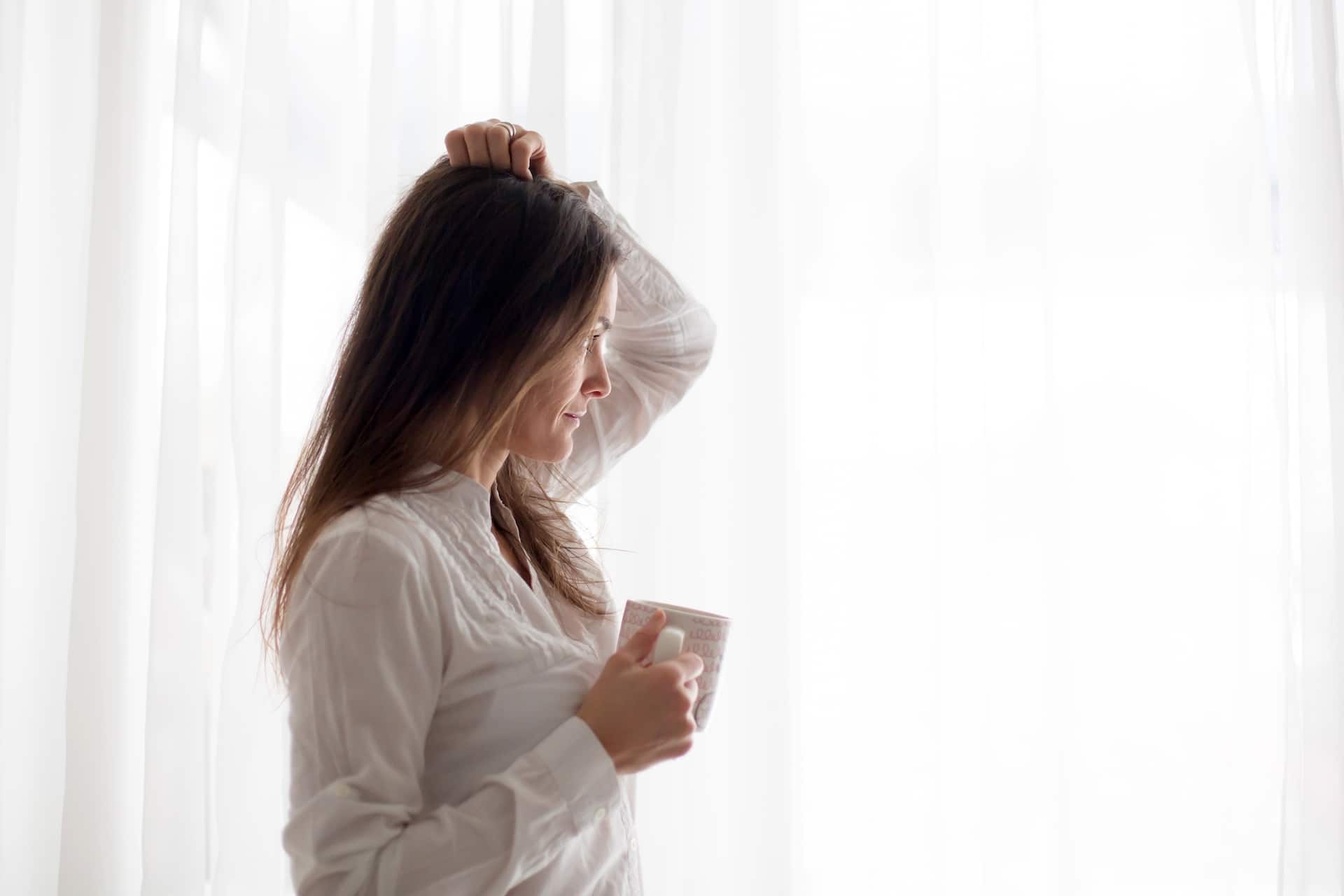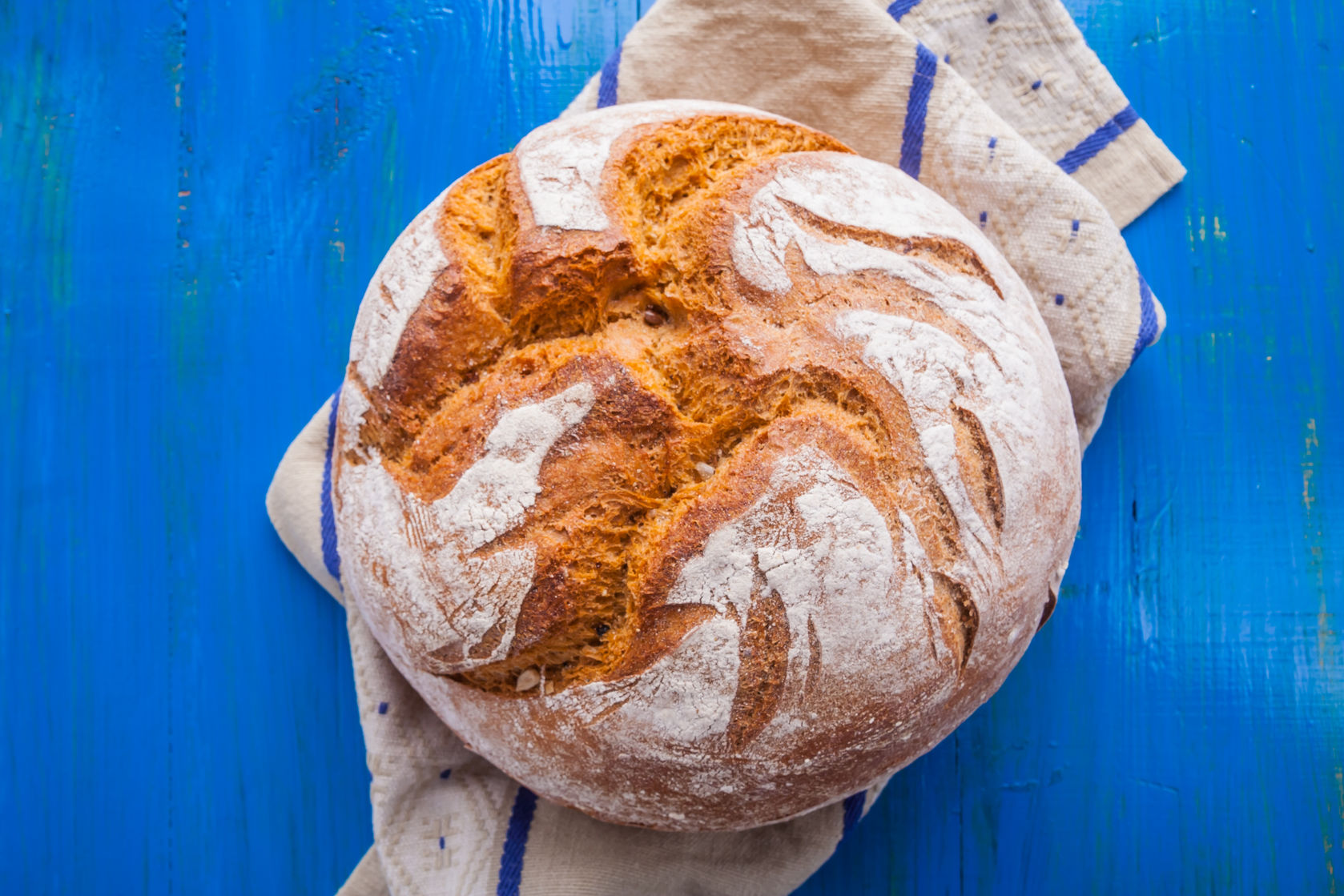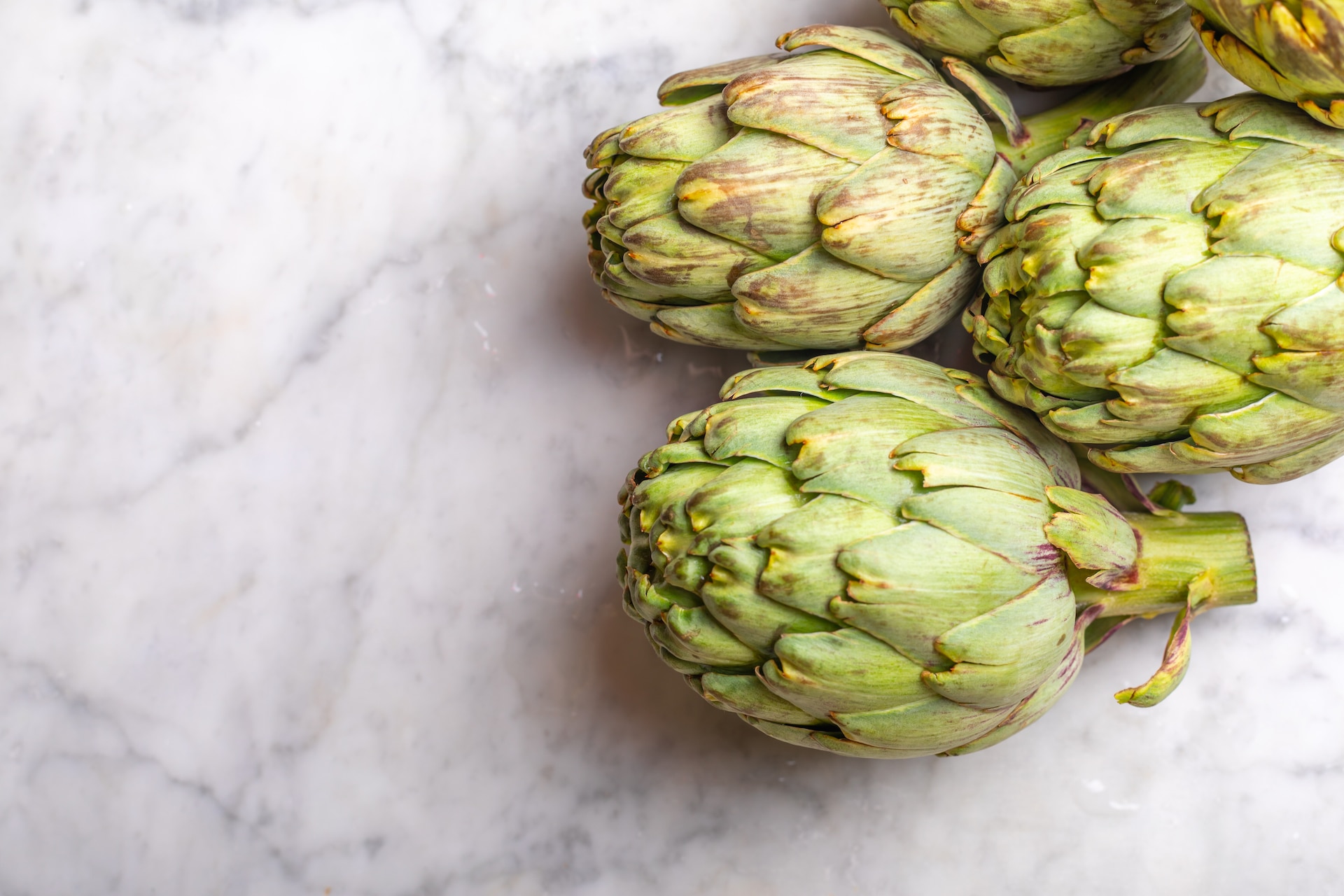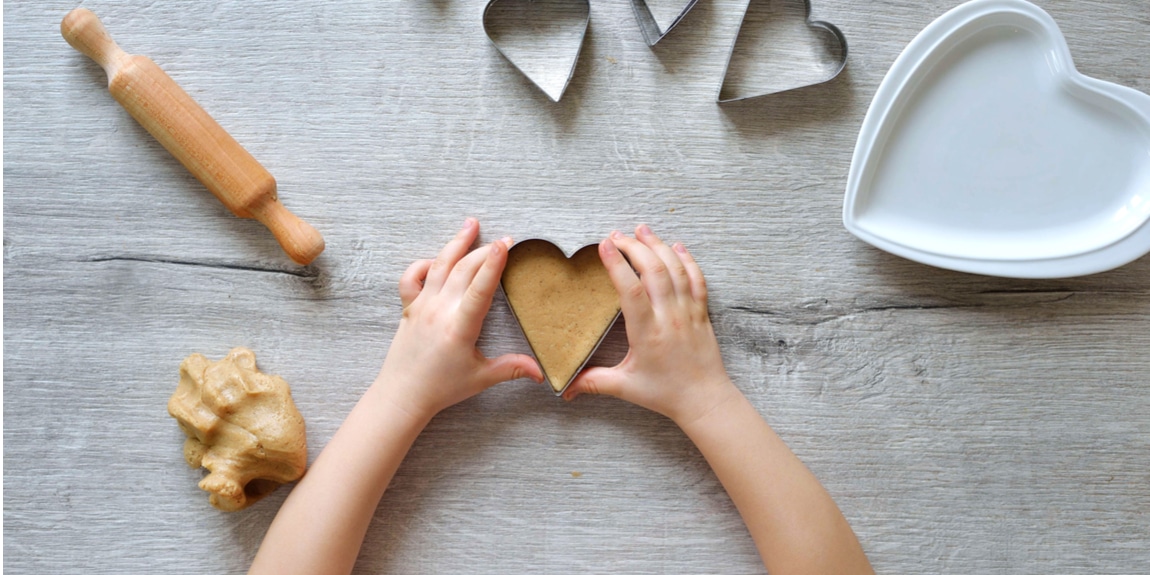Home » Eat Empowered » This Low-Histamine Food List Might Help Ease Your Allergies
You’ve probably heard about the anti-inflammatory diet, and of course are familiar with all the other “low” eating plans (low-carb, low-fat, low-cal … how low can you go?) but how about the low-histamine foods recommended on an antihistamine diet?
Read on for more about histamines as a whole, who might benefit from leaning into a diet with more low-histamine foods, plus other ways—besides a low-histamine diet—to score similar allergy-relieving results.
RELATED: What the Latest Science Tells Us About How Often You Should Eat Each Day
A Brief Guide to Histamines
Histamines are protein chemical messengers made in our immune system. These trigger allergy symptoms—those pesky itchy eyes, the running nose, the sneezes; you’ve likely been there, felt that. These histamines protect our cells from allergen invaders, and these symptoms are a signal to the body to rid itself of said allergen. In individuals without allergies, histamines rock at defending our healthy cells. However, if allergies arise, the histamines go level-10 and overreact to small things like pet dander, dust and pollen.
Beyond allergies, humans can also suffer from histamine intolerance. This happens when the body can’t produce enough of a certain enzyme called diamine oxidase (DAO) to degrade these histamines. Histamine intolerance can be the result of diet, hormones, high levels of allergen exposure or gut health issues.
Antihistamines block the histamine action within our bodies. Prescription and over-the-counter medications can come with side effects (Benadryl brain, anyone?)—and can be pricey and inconvenient over time. That’s why some doctors might recommend all-natural allergy treatment options instead. This may include eating low-histamine foods and making other lifestyle adjustments.
RELATED: Can You Eat Away Allergies? The Low-Histamine Diet, Explained
The Best and Worst Foods For Those With Histamine Intolerance
While the histamine level in foods is impossible to quantify exactly, we know some things for sure. Items that are fermented tend to fall under the high-histamine food category. Most fresh and unprocessed foods, conversely, rank as low-histamine foods.
You’ll note in the lists below that some very healthy foods (ahem, avocados!) can be high-histamine foods. So if you and your doctor decide to try a low-histamine diet, it’s best to do so in partnership with a dietitian to ensure you’re not restricting any major food groups, vitamins or minerals. Often, a low-histamine diet will focus on cutting out high-histamine foods for up to three weeks, then reintroducing the categories one by one while taking note of reactions in a food journal.
Since it can be very restrictive, it’s best to only follow an antihistamine diet (which means omitting all of the high-histamine foods below) for a limited time while consulting with your doctor and dietitian regarding your food journal tracking and the best path forward.
RELATED: Diets Decoded: The Elimination Diet
High-Histamine Foods
- Alcohol, especially red wine
- Aged cheeses
- Avocados
- Dried fruit
- Eggplants
- Fermented beverages, such as kombucha and kefir
- Fermented foods, including yogurt, kimchi and sauerkraut
- Processed and smoked meats
- Shellfish
- Spinach
Other foods can trigger additional histamines to be released. These include:
- Alcohol
- Bananas
- Beans
- Chocolate
- Citrus fruit
- Energy drinks
- Some nuts, including cashews, peanuts and walnuts
- Papaya
- Certain teas, such as black, mate and green
- Tomatoes
- Wheat germ
Low-Histamine Foods
- Dairy substitutes, including almond- and coconut-based products
- Eggs
- Fresh fruits (not citrus, papaya or bananas)
- Fresh meat and fish
- Fresh vegetables (except avocados, eggplant, spinach and tomatoes)
- Gluten-free grains, such as quinoa (yes, it’s actually a seed), brown rice, millet, sorghum and oats
- Olive oil
Other Ways to Deal with Histamine Intolerance Besides a Low-Histamine Food Plan
An antihistamine (or low-histamine) diet isn’t the only all-natural way to try to relieve histamine issues. Circling back to the beginning, an anti-inflammatory diet can actually help reduce symptoms. Remember when we talked about that histamine build-up that can occur? Well that happens in the body’s mast cells, which also release other inflammatory compounds when activated as an automatic response. So consuming anti-inflammatory foods such as fatty fish, olive oil, berries and leafy greens may help your mast cells chill out and prevent excess chronic inflammation.
In addition, yoga, meditation and other mindfulness practices can ease limbic system impairment and allow your body to react in an overall calmer state to stressors of any kind.
(Image: Shutterstock)
Health, Food, Wine and Relationship Writer + Cooking and Wine Event Host
RECENT ARTICLES

Want a sneak peek inside the program?
Get FREE access to some of the core training materials that make up our signature program – Become a Nutrition Coach.
Get Access"*" indicates required fields
 Eat Empowered
Eat Empowered













































































































































































































































































































































































































































































































































































































































































































































































































































































































































































































































































































































































































































































































































































































































